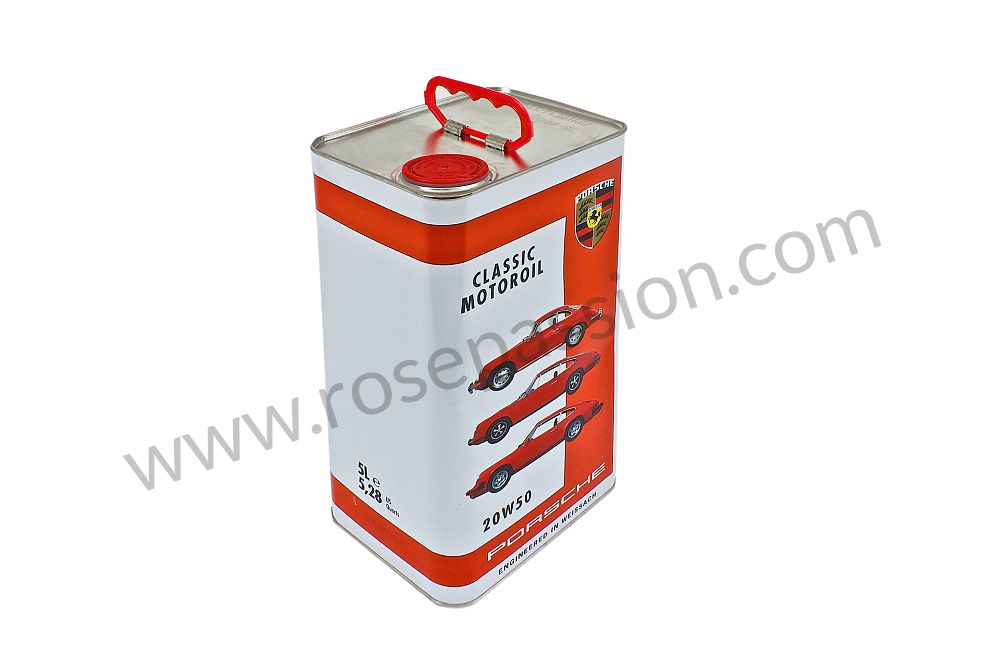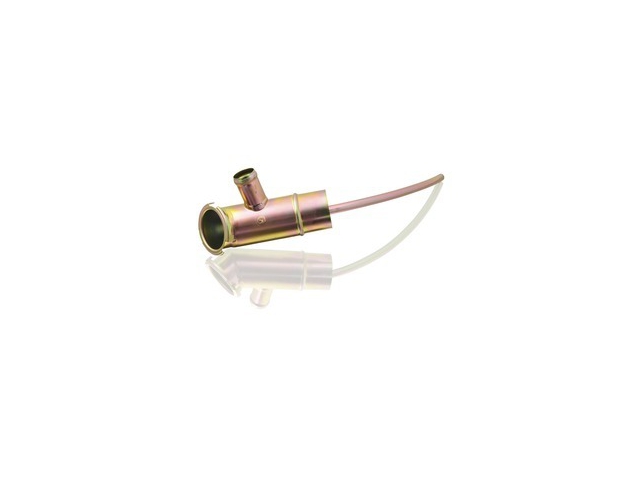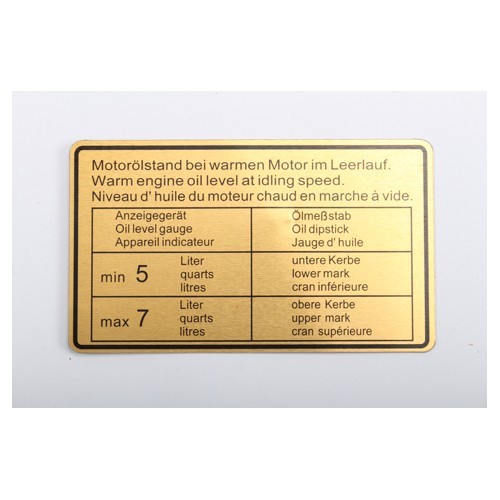

It originally was designated as the "Porsche 901" (901 being its internal project number). The car was developed with the proof-of-concept twin-fan Type 745 flat-six engine, but the car presented at the auto show had a non-operational mockup of the single-fan 901 engine, receiving a working unit in February 1964.

The new car made its public debut at the 1963 Frankfurt Motor Show ( German: Internationale Automobil-Ausstellung). The Porsche 911 was developed as a more powerful, larger and a more comfortable replacement for the 356, the company's first model. The 911 traces its roots to sketches drawn by Ferdinand "Butzi" Porsche in 1959. The original Porsche 901 on display at the 2019 Geneva Motor Show Now available as an RS (Renn Sport) model only. No cabriolet version has ever been produced to date.

All are available as cabriolets except the Carrera T. 911 Carrera: including the Carrera, Carrera S, Carrera 4, Carrera 4S, Carrera GTS, Carrera 4 GTS, Carrera T.ĩ11s have also been categorized into families based on body styles or engine enhancements:
#Porsche 911 engine oil series
#Porsche 911 engine oil code

The 911 has been raced extensively by private and factory teams, in a variety of classes. The engines were air-cooled until the introduction of the 996 series in 1998. The car has been continuously enhanced through the years but the basic concept has remained unchanged. It has a rear-mounted flat-six engine and originally a torsion bar suspension. The Porsche 911 (pronounced Nine Eleven or in German: Neunelfer) is a two-door 2+2 high performance rear-engined sports car introduced in September 1964 by Porsche AG of Stuttgart, Germany.


 0 kommentar(er)
0 kommentar(er)
